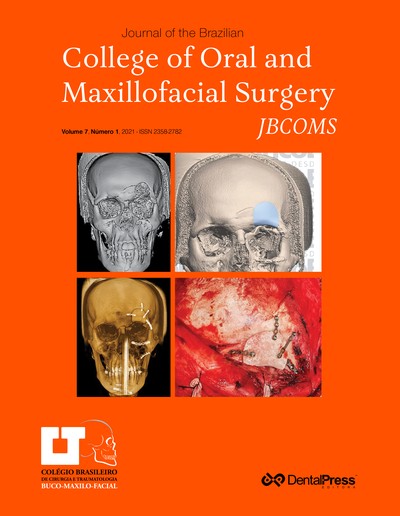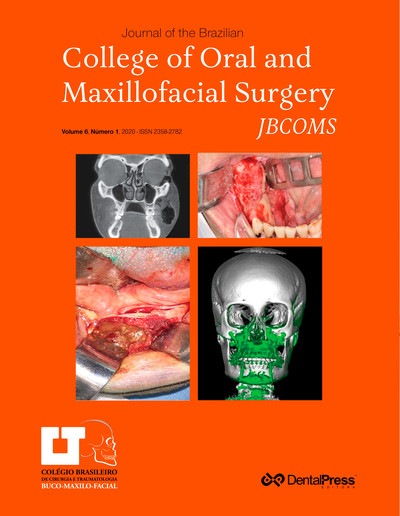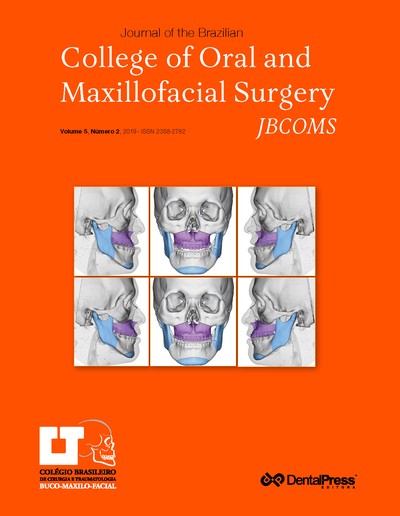
Low-intensity LED therapy in facial paralysis: Case report
MARCELLO DE SOUZA SILVA, RENATA AMADEI NICOLAU, MATHEUS AUGUSTO PEREIRA, CARLOS EDUARDO DIAS COLOMBO
Peripheral facial palsy (PFP) is characterized by the interruption of the neuronal stimulus of the branches of the VII cranial pair due to several etiological factors that acutely affect the total or partial motor information of the facial muscles. PFP may be related to infectious, traumatic, neoplastic, autoimmune, metabolic and iatrogenic processes. The objective of this article is to present the case report of a 41-year-old, Caucasian, male patient, PFP compatible with Ramsay Hunt Syndrome type II, treated with pharmacological approach associated with low intensity LED therapy (640 ± 20 nm), applied all the nerve path, for 30 seconds, with energy density of 1.7 J/cm2, energy of 3 J and power of 100 mW. After the first session, there was an expressive improvement in the clinical picture, promoting increased muscle tone and greater contracture of the facial mimic, such as frowning, beak, smile and completely closing the eye. For 15 days, five applications were performed, resulting in the absence of any signal or symptom referring to paralysis. It was concluded that low intensity LED therapy was effective in the treatment of PFP, with the protocol tested.
Keywords: Facial paralysis. Low-level light therapy. Facial nerve.
How to cite: Silva MS, Nicolau RA, Pereira MA, Colombo CED. Low-intensity LED therapy in facial paralysis: Case report. J Braz Coll Oral Maxillofac Surg. 2021 Jan-Apr;7(1):61-7.
Friday, September 27, 2024 02:21










